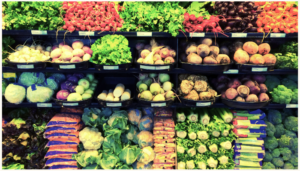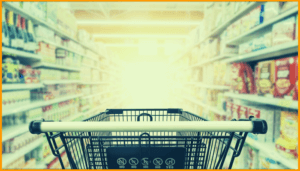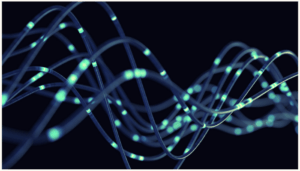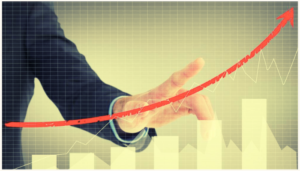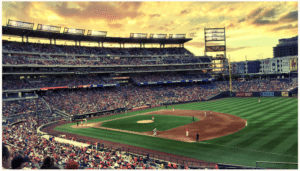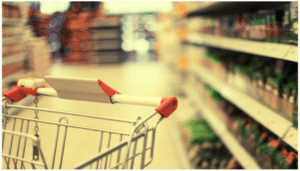Crafting Success with Promotional Planning and Optimization
Reading Time: 13 Minutes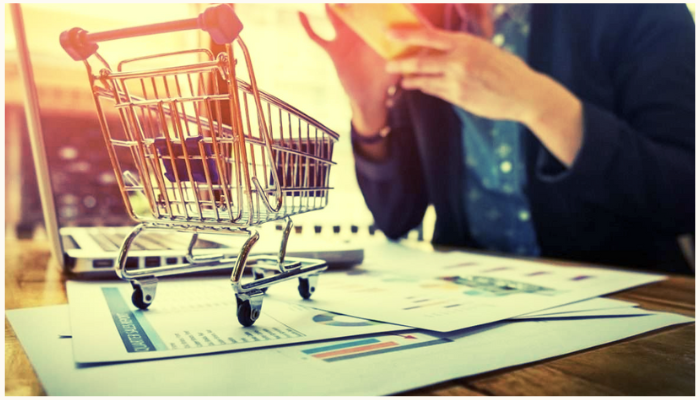
What makes a successful promotion?
We’re exposed to promotions daily, influenced by some, and numb to others. We should be great at knowing what works and what doesn’t.
Successful promotions require objectives and goals, a well-understood target audience, a substantial value proposition, a sense of urgency, great timing, clear communication, little to no participation barriers, attention-grabbing messages, multiple channels execution, and measurement. Easy.
Promotions are simple. Successful promotions are not. But imagine that you figured it out. You found the magic combination of all the above circumstances to create the perfect promotion.
Now, could you do it again?
Could you do it for the next holiday, seasonal, weekly, or personalized promotion? Day after day, week after week?
With the technology that you have today, can you create better promotions than what you just did? Can you find what worked before, know why, and replicate the results for the future? Most can’t.
Replicating success is difficult.
Customers’ behaviors constantly change.
Thomas J. Barratt, the father of modern advertising, witnessed this in the early 20th century. Over 100 years ago, he stated, “tastes change, fashions change, and the advertiser has to change with them. An idea that was effective a generation ago would fall flat, stale, and unprofitable if presented to the public today. Not that the idea of today is always better than the older idea, but it is different – it hits the present taste.
But did you catch the phrase “effective a generation ago?” That’s rich. It doesn’t take a generation today. It can be a year, a month, or even a few days. We’ve lived it through COVID, inflation, trade wars, societal influences, regional conflicts, and other factors. We used to think of significant changes as few and far between, but they’re constant.
- McKinsey research showed that supply chain disruptions lasting one month or longer occur every 3.7 years.
- Inflation hit a four-decade high in June 2022.
- Food prices take up the highest percentage of income since 1991.
- The Index of Consumer Sentiment hit its lowest level ever in 2022.
- Consumption went from goods to services, experiences to goods, and back to goods.
- Eating went from at home to restaurants and back to at home, but this time with hybrid meals.
And on and on.
Retailers’ inability to detect changing consumer preferences causes misalignment between retailers and consumers. A Deloitte study highlights this issue. When surveying drove purchases, there were significant differences between what grocers thought and what consumers said. One data point showed that 93% of grocers believed locally sourced foods were important for purchasing decisions. However, only 60% of consumers said they did. The chart below highlights other discrepancies.
Interestingly, when the same question was asked to consumers in 2019, 80% said that locally sourced foods were important. In other words, it dropped 20 percentage points in a few years!
People need tools to operate in this dynamic environment. With AI and machine learning, ample opportunity exists to insert decision intelligence into promotions. Retailers can orchestrate better promotions according to their desired results and strategies.
The best tools go beyond analyzing prior promotions to determine what should be eliminated. Instead, they direct your future promotions to achieve desired outcomes. Some of those methods are below.
Circular or Flyer Optimization
Circulars (a.k.a flyers) remain a large part of retailers’ promotion strategies, especially with grocers. Determining the products, ad placement, ad size, and offer is a lot of work. Optimizing these circulars and showing the expected lift, revenue, units, profitability, and potential out-of-stock issues becomes crucial to any promotion optimization strategy.
Temporary Price Reductions
Vendors want retailers to promote their products, and they’ll subsidize those promotions through trade funds. However, retailers must balance vendor offers, customers’ wants, and what is best for their business. When done right, it’s an ongoing optimization opportunity that is a win-win for you, your vendors, and your customers.
Leveraging Item’s Role
Traditional item analysis looks at how an item responds to promotion. If an item reacts well, you promote it; otherwise, you don’t. While helpful, this analysis is severely lacking as it ignores the role of items: Margin Drivers, Traffic Drivers, Basket Builders, Loyalty, or Seasonal. Some retailers use a rudimentary method to figure it out; others “know.” Optimization can validate whether those assumptions hold and how they change over time. Sometimes, it isn’t the item but the attribution that influences its role (organic, locally sourced, non-GMO, gluten-free).
Ensuring Strategies and Targets
Every good promotion has a strategy, including revenue, profit, and unit targets. That strategy needs the optimal balance of items (based on their roles), discounts, and promotion vehicles.
Strategies have a target profile. For example, if you run ads to drive profit, you want more margin-driver items. Optimization solutions must evaluate your promotions and recommend items to ensure they meet your goals.
Scenario Analysis and What-Ifs
A single promotion requires hundreds of decisions. Wouldn’t you want to see the impact of even the slightest change? Wouldn’t you like to know what would happen if you:
- Raised/lowered prices by 10% instead of 20%?
- Changed from a 50% discount to a buy one, get one offer?
- Substituted the item on the front page of a circular?
- Decreased the discounted price from $1.89 to $1.79?
- Increased the lift by 5%?
- Adjusted your promotion strategy?
And on and on and on.
The best what-if analyses are seamless throughout the application. They allow users to ask questions, make changes, and see the impacts of those changes at every step in the creation process. (There are some large language models and generative AI opportunities here.)
Accurate and Integrated Forecasting
Nothing drives customers crazy more than receiving a promotion and wanting to buy, but no more inventory exists. It’s frustrating. Promotion optimization is only as good as its forecast. Retailers must integrate the daily demand forecast into their replenishment systems to avoid stockouts and overstocks.
Price and Promotion Optimization – Together
Most solutions optimize their everyday and promotional prices separately. But what if you had another option? If you lowered your everyday prices, would you have to promote as profoundly or as frequently? What is the right balance between the two? How should you be changing? And how will your customers react?
Crafting successful promotions is an intricate blend of art and science. As consumer behaviors evolve, leveraging AI and machine learning provides the agility to stay ahead. Modern promotion methods require a comprehensive and data-driven approach, from optimizing circulars and leveraging temporary price reductions to understanding the roles of different items and conducting detailed scenario analyses. While executing a good promotion may seem straightforward, it requires continuous adaptation to ensure sustained success.
The Latest Insights – Straight to Your Inbox
Sign up for the ClearDemand mailing list for actionable strategies, upcoming events, industry trends, and company news.






